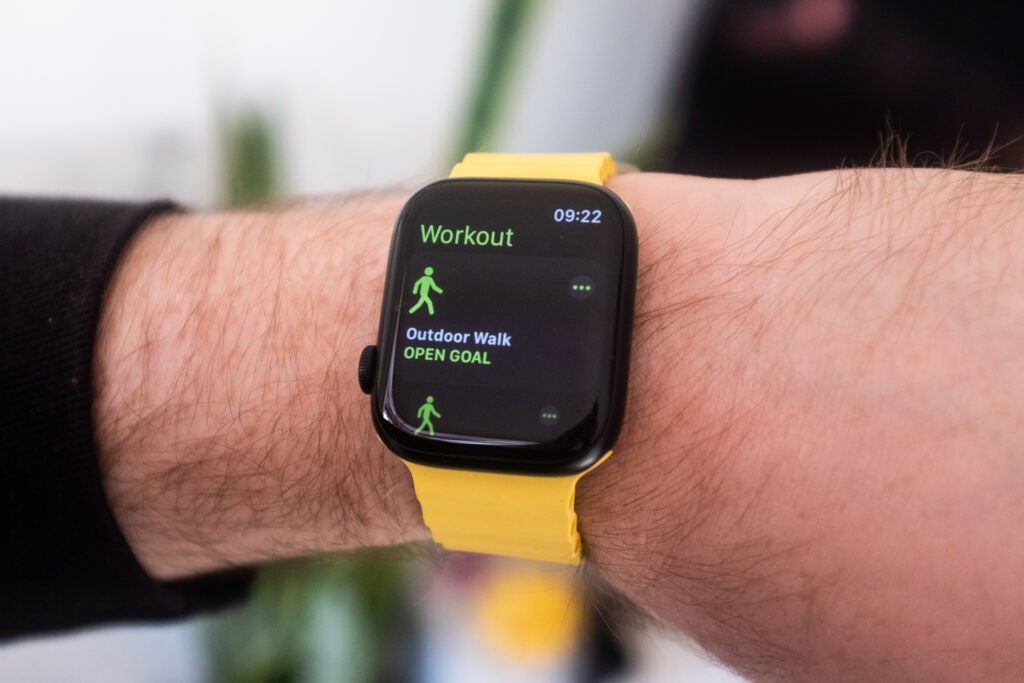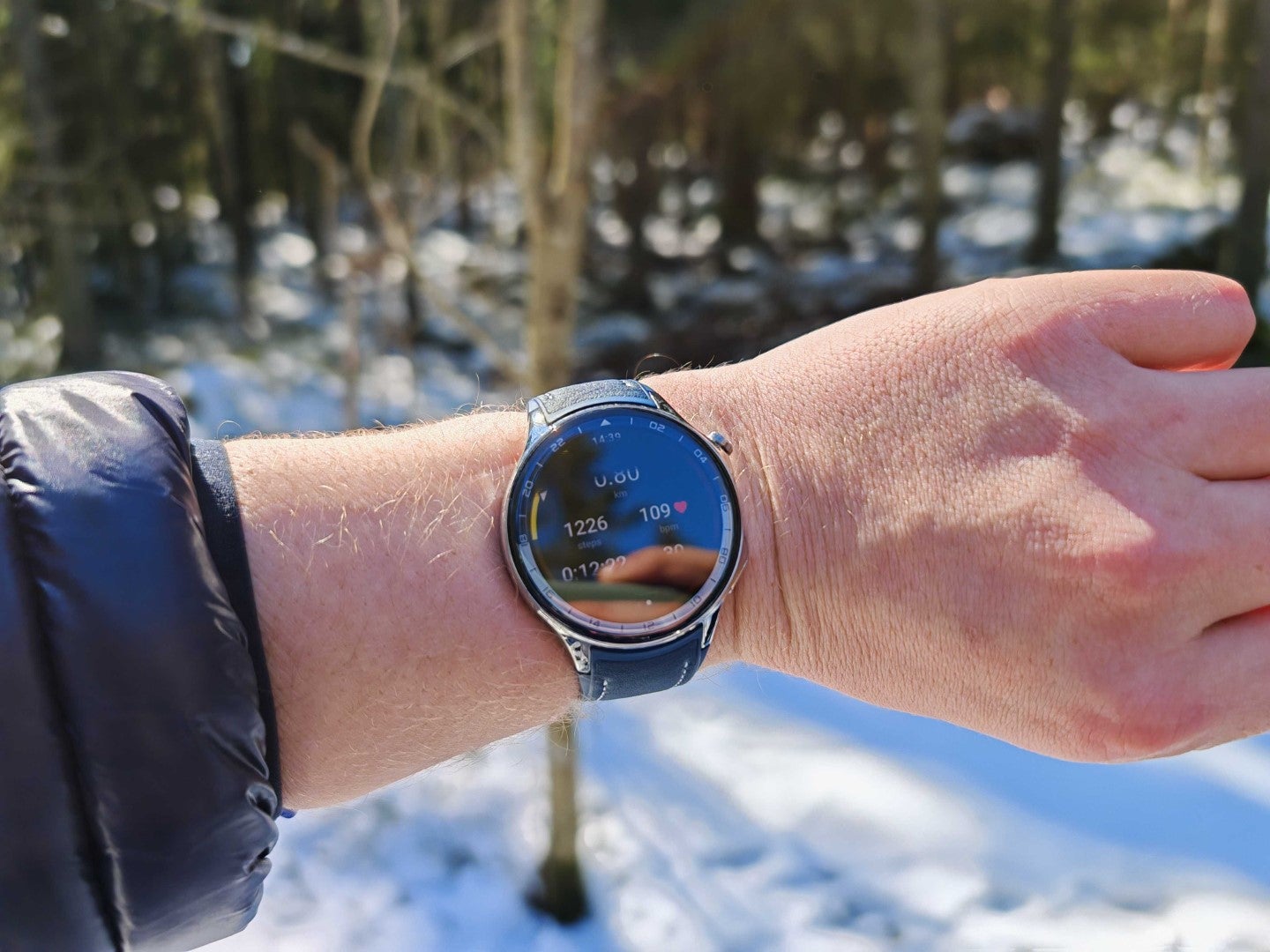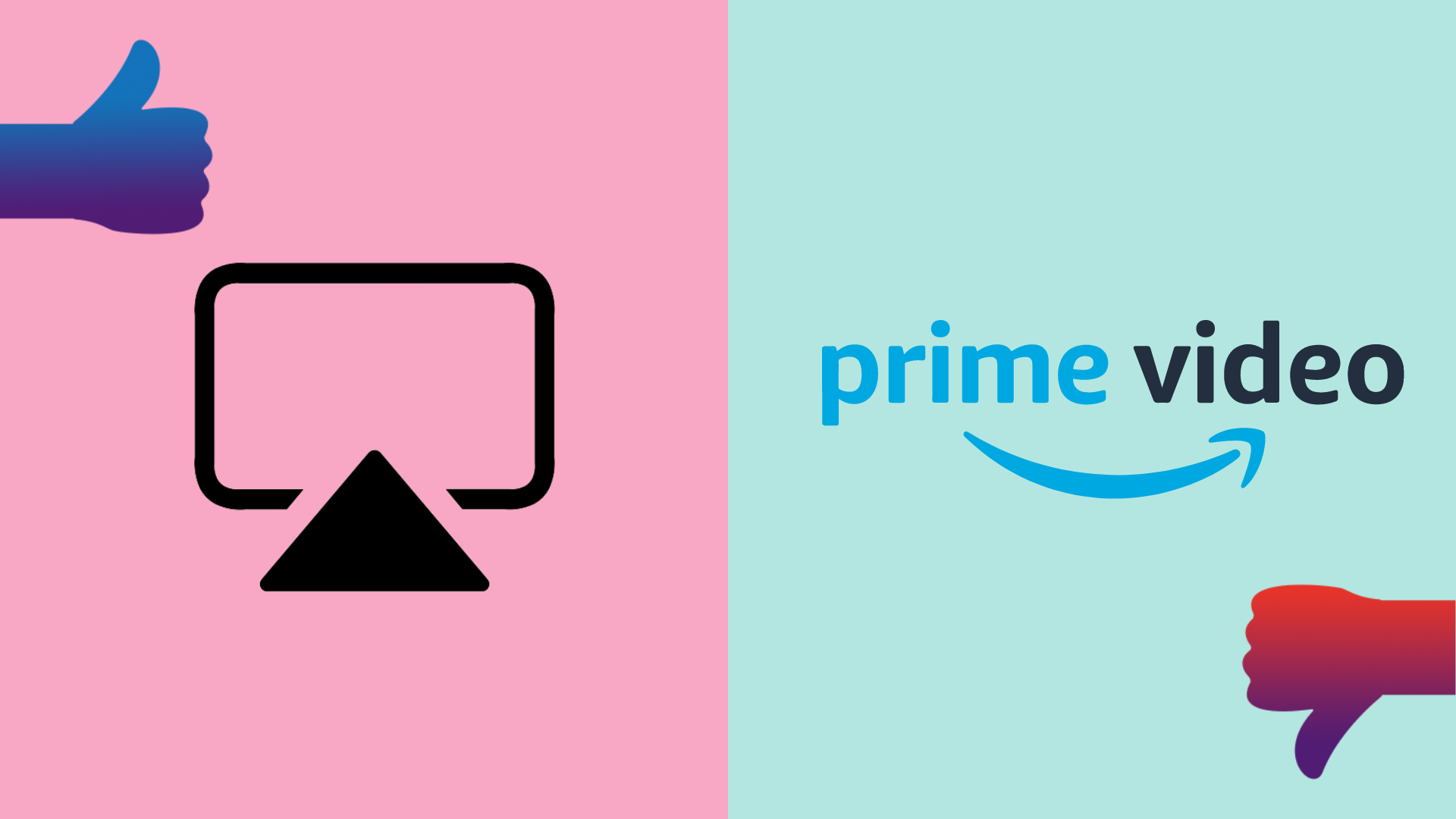These are the four areas of heart rate data you need to pay attention to

World Heart Day is upon us and we’re seizing the opportunity to look at the importance of smartwatches and wearables when it comes to maintaining good heart health.
For those who don’t know, World Heart Day was set up to shed a light on the importance of heart health and the ongoing plight of heart disease which, according to the WHD organisers, claims the lives of more than 20.5 million people each year. As startling as those numbers are, the rise of smartwatches has luckily made it easier than ever to keep tabs on your own heart.
From the Apple Watch to the humble Fitbit, there’s no shortage of wearables out there that can offer up tons of health data, but unless you’re an experienced athlete who knows what to look for, it can be tricky to know exactly which bits of information you need to keep an eye on. With that in mind, we’ve whittled down the four key bits of heart health data that all users should prioritise.
Resting Heart Rate
This is a fairly obvious one that’s probably among the most widely recognised bits of heart rate data, but your resting heart rate can be a key indicator for your current bill of health. When you’re not working out and simply going about your day, a resting heart rate that sits between 55 and 85 beats per minute indicates that you’re in good shape.
When your RHR exceeds or falls below that mark, it can often mean that your body is fighting off an illness or there’s an underlying health issue that needs to be addressed. Luckily, there are smartwatches like the Huawei Watch GT 4 that allow for 24-hour heart rate tracking to pick up on any issues here.

Heart Rate Variability
Heart Rate Variability (HRV) is likely lesser known to most people, but it’s still a key indicator towards your overall health. HRV, at its core, is the amount of time between heartbeats and any noticeable changes therein.
HRV is particularly important when tracking your rest and recovery, and the lower the score the better as it means that your heartbeat patterns are consistent. Wearables like the Whoop Strap 4.0 prioritise HRV tracking, which can be handy for knowing if your body is ready to take on an intense workout.
Signs of arrhythmia
Arguably the most important bit of heart data on this list – arrhythmia is the term used to describe any irregularities in a person’s heartbeat. There are several types of recognised arrhythmia but the most commonly known is atrial fibrillation – a term you may have come across in discussions surrounding electrocardiogram tests (also known as ECG).
Because of how important signs of arrhythmia can be as an indicator of underlying heart health issues, there has been a greater push in the last few years for smartwatches to pick up on those signs, with frontrunners in this area such as the Apple Watch 8 and the Withings ScanWatch boasting on-wrist ECG tests.

Heart rate zones
If you already use a smartwatch or fitness tracker during your workouts then you may already be familiar with the concept of ‘heart rate zones’, but if not then know that they’re a huge help in understanding how your body performs during bouts of exercise.
Not every smartwatch or wearable features heart rate zones, but the likes of the Myzone MZ-Switch and the aforementioned Huawei Watch GT 4 do. Starting at 50% of your maximum heart rate (based on your age and fitness level), heart rate zones then move up in increments, all the way up to 100%, to let you know if your body is struggling or handling a particular workout well.
These zones are especially important for long-distance runners as it allows them to keep an eye on their performance in real-time and avoid overreaching and burning out before the finish line. Heart rate zones still serve a purpose for beginners at the gym however, as they can help you to avoid the risk of injury or overworking yourself to the point of exhaustion.








